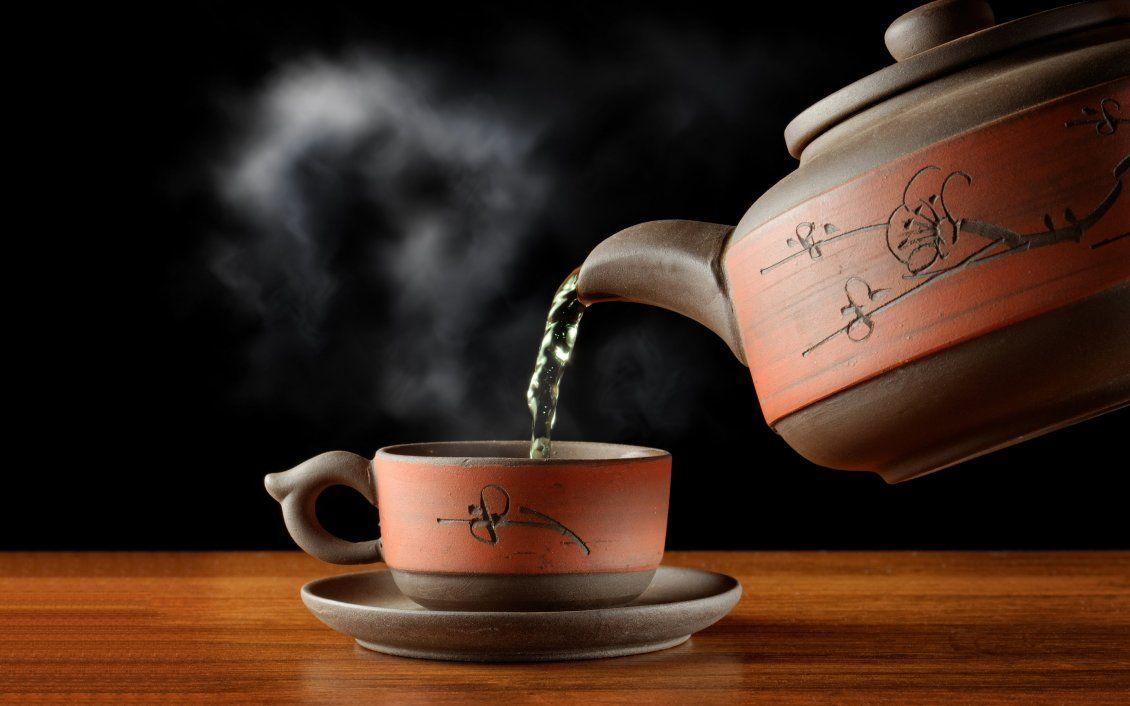Tea is considered to have originated in China. But it’s the delicate, fresh-tasting green tea that became popular in Eastern society and is still the base of tea culture there today. As tea culture spread and tea was processed for export to trade beyond regions, neighboring countries and eventually across oceans, it was discovered that the more oxidized black tea would retain its freshness and flavor better over long journeys than its minimally oxidized green tea cousin. In the earliest days of border trade between China, Tibet and other neighboring countries, tea was fermented, dried and pressed into bricks to be used as currency. To this day, most of the black tea produced in China is exported out of the country.
Full of the health benefits that are typically found in green teas, this is a great weight loss tea and so much more that you will want to make it a part of your tea collection. Rarer than the Ceylon black tea variety, this is a tea that any green tea lover will enjoy for its characteristic flavor with vegetable notes.
When people talk generally of tea in Western culture, they’re often referring to black tea. Sun tea, sweet tea iced tea, afternoon tea…these well-known categories of tea are typically made using black tea. Even the popular English Breakfast and Earl Grey blends are made from black tea leaves. This is in contrast to Eastern culture-in countries like China and Japan-where tea typically refers to green tea. So what’s the difference between black and green tea? And how did black tea become so popular in the West?



